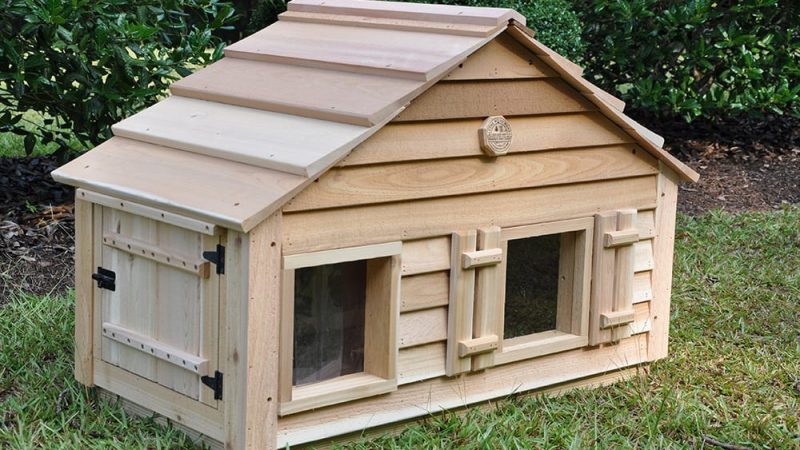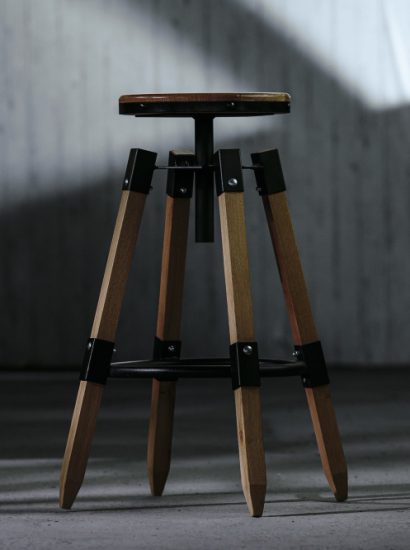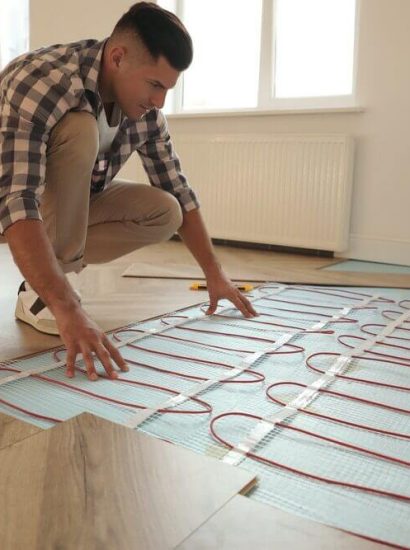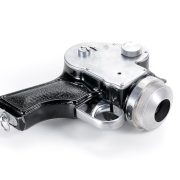Every cat deserves a safe, comfortable space to call its own. For pet owners with outdoor cats or those who occasionally let their cats roam, a wooden outdoor cat house provides the ideal balance between protection and comfort. Designed to withstand various weather conditions, these houses offer warmth during cold winters and shelter from rain, wind, and heat. This article explores everything you need to know about wooden outdoor cat houses — from their benefits to buying tips and maintenance advice.
Why Choose a Wooden Outdoor Cat House
Wood is one of the most reliable materials for outdoor shelters. It is naturally insulating, durable, and aesthetically pleasing. A wooden cat house not only complements your outdoor décor but also ensures your pet stays comfortable throughout the year. Unlike plastic or metal alternatives, wood provides better temperature regulation and a more natural environment for cats to rest.
Weatherproof Design and Construction
A quality wooden outdoor cat house is built to resist the elements. It should include features such as waterproof roofing, elevated flooring, and sealed joints. Weatherproofing prevents moisture from seeping in and keeps the interior warm and dry. Many designs include slanted roofs to allow rain to run off easily and protective finishes like non-toxic paints or varnishes to extend the wood’s life. A truly weatherproof cat house ensures safety for your feline companion in every season.
Comfort and Insulation
Cats love warmth and privacy. A well-insulated wooden outdoor cat house helps retain heat during the winter and maintain a cooler temperature in summer. The addition of insulated panels, soft bedding, and a door flap can significantly enhance comfort. Insulation also reduces drafts, ensuring that your cat remains cozy regardless of outside weather changes. For areas with extremely cold climates, adding an electric or self-warming pad is a great idea to increase warmth and comfort.
Safety Features and Design Elements
When selecting a cat house, safety is a top priority. Look for houses with smooth interior surfaces, secure entrances, and no sharp edges. A raised platform helps prevent flooding and keeps pests away. Ventilation is another key factor — ensure there are small air vents to promote air circulation without letting in wind or rain. Some designs even include dual exits, allowing cats to escape easily if a predator approaches.
Aesthetic Appeal and Customization
A wooden outdoor cat house can enhance your garden or backyard visually. Many models come in charming cottage or barn styles that blend beautifully with natural surroundings. You can also customize your cat house by painting it to match your home or adding a nameplate for a personal touch. Simple decorative additions such as flower boxes or mini steps can make it look even more inviting while maintaining practicality.
Choosing the Right Size and Location
The size of the cat house matters. It should be spacious enough for your cat to stretch, turn, and lie comfortably but not so large that it loses warmth. For multi-cat households, consider a two-level or larger design. Location also plays a crucial role in comfort and protection. Place the cat house in a quiet, shaded area that is sheltered from strong winds. Avoid direct exposure to rain or intense sunlight. Ideally, elevate it slightly off the ground to prevent moisture buildup.
Maintenance and Longevity
Proper maintenance extends the life of your wooden outdoor cat house. Regularly inspect it for signs of wear such as cracks, peeling paint, or loose screws. Clean the interior frequently to remove dirt, fur, and debris. Reapply waterproof coatings or sealants annually to keep the structure weather-resistant. Bedding should be washed or replaced periodically to maintain hygiene and comfort. With consistent care, a well-built wooden cat house can last for many years.
Eco-Friendly Benefits
Choosing a wooden outdoor cat house made from sustainably sourced timber is an eco-conscious decision. Unlike plastic, wood is biodegradable and renewable. Many manufacturers now use recycled or eco-certified materials to reduce environmental impact. By opting for a wooden design, you are not only providing comfort to your cat but also supporting environmentally responsible practices.
Tips for Encouraging Your Cat to Use the House
Introducing your cat to a new outdoor shelter requires patience. Place familiar items such as your cat’s favorite blanket or toys inside to make it more inviting. Sprinkle a little catnip or use treats to attract them. Avoid forcing your cat into the house; instead, allow them to explore at their own pace. Over time, they will recognize it as their personal safe haven.
Conclusion
A wooden outdoor cat house is more than just a pet accessory — it is a secure, cozy, and weatherproof home for your feline friend. Its durable construction ensures long-term protection, while its natural insulation offers unmatched comfort. Whether your cat enjoys lounging outside during sunny afternoons or seeking refuge during colder nights, a high-quality wooden shelter guarantees safety and warmth. Investing in one not only enhances your pet’s well-being but also adds charm to your outdoor space.
FAQs
1. How do I make a wooden cat house weatherproof?
To weatherproof a wooden cat house, apply non-toxic sealant, use waterproof roofing materials, and elevate the base to prevent water from seeping in. Adding insulated panels and a door flap can further protect against wind and cold.
2. Can a wooden cat house be used during winter?
Yes, with proper insulation and weatherproofing, a wooden cat house can provide excellent warmth in winter. Adding straw, blankets, or heating pads will make it even cozier for your cat.
3. How often should I clean the cat house?
Clean the cat house at least once a week to remove fur, dirt, and odor. Replace or wash bedding regularly to maintain hygiene and comfort.
4. What is the best place to put an outdoor cat house?
Choose a quiet and safe location away from heavy foot traffic or loud noises. Ensure it is protected from rain, wind, and direct sunlight. Placing it under a covered porch or near a wall is ideal.
5. Are wooden cat houses better than plastic ones?
Wooden cat houses offer superior insulation, a natural feel, and better durability compared to plastic ones. They also blend more beautifully with outdoor surroundings and are eco-friendly.
Also read: Cuckoo Rice Cooker 3 Cup Review – Compact, Smart, and Perfect for Small Kitchens









